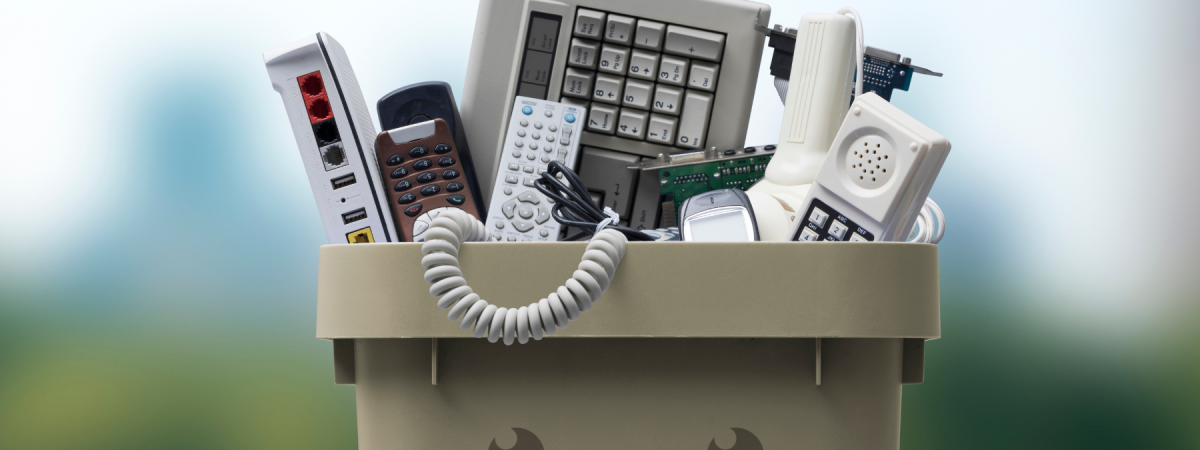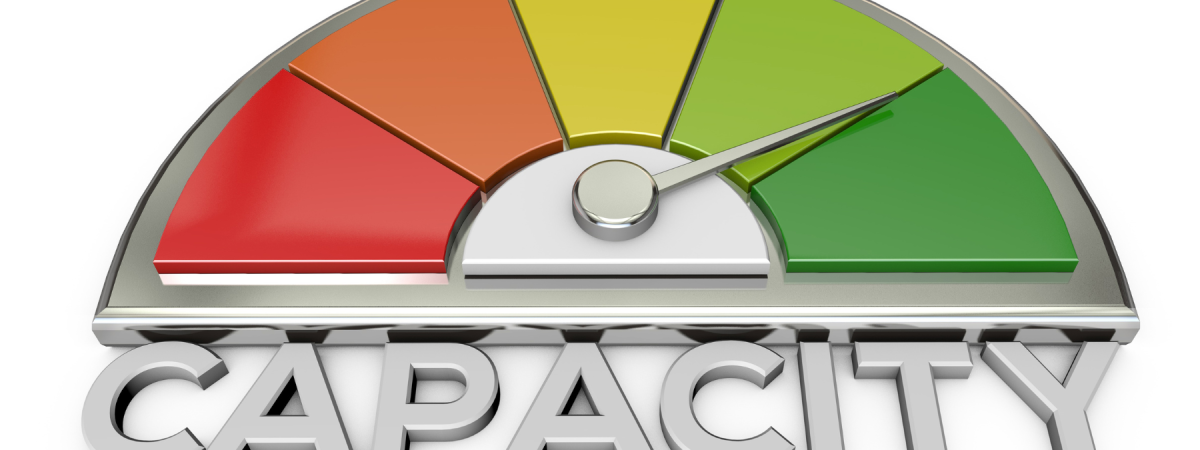Jessica Pett / November 18, 2024
Is the impending invasion of e-waste avoidable?
Lamps and microwaves, medical devices and routers, laptops and air conditioners; all these and infinitely more fall under one umbrella term, e-waste. E-waste refers to all electrical and electronic equipment (EEE), and their parts, that have been discarded without the intent of re-use. That goes for commercial and household products alike, all falling under one of six categories: cooling/freezing equipment, screens/monitors, lamps, large equipment, small equipment and small IT and telecommunications equipment. Any product under these categories has a lifecycle of its own, and comes with its own waste quantities, economic values, and potential health and environmental impacts.
The problem?
E-waste has been accumulating at astonishing rates in the last 10-15 years and recycling efforts are not keeping up. According to a report made by The Global E-Waste Statistics Partnership, a record 62 million tonnes (Mt) of e-waste was produced in 2022, up 82% from 2010. In contrast, less than a quarter of that e-waste, only 22.3% to be exact, was documented as being disposed of properly. When this waste is not handled properly, it can create major health and environmental hazards. Many of these electronic items contain toxic substances like mercury, which when exposed to us can damage the human brain.
With society’s growing dependence on electronics in our daily lives, the numbers are only going to increase. It is important now more than ever that the issue of proper handling of e-waste be addressed, despite the significant barriers.
What happens to e-waste that isn’t recycled? And why?
According to Statista, close to 18-million metric tons of e-waste was handled by being shipped to low-income countries with limited management infrastructure and another 14 million metric tons were disposed of as residual waste – most likely ending up in landfills. Keeping in mind that these most recent numbers are from 2022, it is not surprising that e-waste is now the fastest growing waste stream in the world, forecasted to reach 82 million metric tonnes in 2030.
You might be wondering, “If that’s true, then why isn’t more being done about the improper disposal?” Many challenges contribute to the fact that such a large percentage of e-waste is not being recycled. These include higher consumption, limited repair options, shorter product life cycles, design shortcomings, and inadequate e-waste management structures. Not to mention that processing e-waste is quite complicated and can be very hazardous for people, wildlife and the environment.
What is being done?
To help curb these numbers, some governing bodies have implemented legislations and regulations that require the producers of these items to take responsibility throughout the entire life cycle of a product. In Canada, these regulations are made provincially but all have the same end goal – holding producers accountable of their product and the negative impact it could have. The United States has no federal legislation with regards to e-waste, but some states have implemented their own regulations. The EPA (Environmental Protection Agency) also oversees e-waste in America and one of their major initiatives is the International E-Waste Management Network (IEMN), where best practices and experiences are shared by officials from around the world in an effort to reduce the negative impact on public health and the environment while also promoting positive socio-economical outcomes.
What is the resolution?
While the resolution is not a one-and-done solve, there are some ways we can do our part to reduce the environmental impact of incorrectly handled waste.
- Research and utilize recycling programs. Many electronic resellers have recycling programs wherein you can drop off your e-waste for them to properly dispose of it.
- Donate your e-waste. While your electronic item may no longer serve its initial purpose, its parts could still be used in other ways. For example, sell back your old phone to the company you are buying your new one from, they will likely reuse its parts for refurbishment.
- Set a limit for yourself. Allow yourself a limited number of electronic or appliance purchases in a set time period, reducing your share of the overconsumption.
- Education. Implementing education programs in schools, community centres, reseller locations and other public forums will help to raise awareness of this rapidly growing problem.
In conclusion…
Electronics are not going anywhere, and therefore, neither is the corresponding e-waste. As the years go on and as society becomes more and more dependent on electronics, proper management of e-waste will become even more vital. If the public and governing bodies adopt the resolutions already put in place, educate where possible and do their part in their personal lives, there could be a chance to make a substantial impact.











